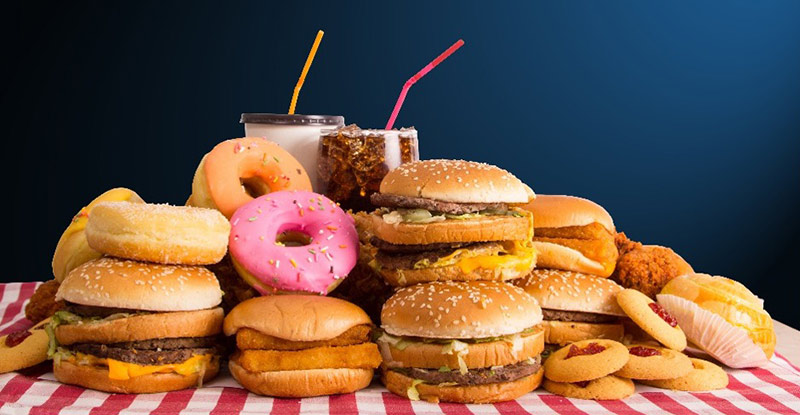By Linda Conlin, Pro to Pro Managing Editor
Glaucoma is a significant cause of permanent blindness worldwide. It’s important to note that glaucoma isn't increased intraocular pressure (IOP) in and of itself, it's the damage to the optic nerve caused by that pressure. When neuronal cells such as those in the retina are damaged, as with elevated IOP, they release glutamate which aids neural transmission, a good thing, but in excess kills the cell. The excess glutamate is also taken up by surrounding cells causing more damage and is a major cause of loss of retinal ganglion cells in glaucoma. There is increasing evidence of a connection between glaucoma and nutrition. Reducing glutamate intake may mitigate glutamate levels, but many ultra-processed foods (UPF) contain glutamates, and monosodium glutamate (MSG) can be found in many fast foods and snack foods. UPF with high glutamates include processed and preserved meats, soy based sauces, soft drinks, and sweetened breakfast cereals.
In a recent study published in the journal Nutrients, researchers examined the relationship between UPF intake and glaucoma incidence among Spanish university graduates. The study included 19,255 Seguimiento Universidad de Navarra (SUN) Project participants (mean age, 38 years). The researchers followed the participants for 13 years through questionnaires to be completed online or through mail every two years. The team used food-frequency questionnaires to evaluate dietary intake and the NOVA food classification to determine UPF intake. The NOVA classification is a framework for grouping edible substances based on the extent and purpose of food processing applied to them. NOVA classifies food into four groups: Unprocessed or minimally processed foods; processed culinary ingredients; processed foods; and ultra-processed foods. The system has been used worldwide in nutrition and public health research, policy, and guidance as a tool for understanding the health implications of different food products. (https://www.news-medical.net/news/20240408/Ultra-processed-foods-linked-to-higher-glaucoma-risk-study-warns.aspx)
The results showed 230 incidents of glaucoma cases and individuals with the highest ultra-processed food intake were younger and consumed more ethanol and coffee with a higher calorie intake. (As a food additive, ethanol is used to evenly distribute food coloring and to enhance the flavor of food extracts.) Individuals having the highest ultra-processed food intake (more than four servings of UPF per day) showed a higher glaucoma risk compared to those with the lowest UPF intake (up to one serving of UPF per day). What’s more, consumption of sweets showed a significantly high risk of glaucoma incidence. UPFs have a detrimental influence on dietary consumption since they include high quantities of added sugars, trans fats, and salt, resulting in nutrient displacement when substituted with healthy alternatives such as fruits and vegetables. A high intake of UPFs can cause elevated blood glucose levels, oxidative stress, and inflammation, with sweets having the most contributory role.
Diseases of the eye progress slowly through life, and many factors including genetics and environment are involved in addition to nutrition. As ECPs, we aren't nutritionists, but we can still take an interest in how nutrition affects our patients' eye health. You can provide patients with information about nutrition and vision health from WebMD, the American Optometric Association, Prevent Blindness and the Ocular Wellness and Nutrition Society. The benefits will go beyond vision to overall health.











